Transformasi Pembelajaran Multibahasa di Era Society 5.0 : Bentuk Sistem Pembelajaran One Teacher One Language pada Pendidikan Anak Usia Dini
Abstract
The transformation of language learning in early childhood education has become an important issue in the discourse of education in the Society 5.0 era, which emphasizes the integration of technology and human values. This article discusses the implementation of the One Teacher One Language (OTOL) system as a strategic approach in creating a multilingual learning environment at TK Nasional 3 Bahasa Budi Luhur. The purpose of this research is to analyze the implementation of the One Teacher One Language (OTOL) system, its supporting systems, and the role of facilities in creating a consistent learning ecosystem for three languages: Indonesian, English, and Mandarin. This research uses a qualitative approach with a case study design, involving observation, in-depth interviews, and documentation analyzed using NVivo 14 software through the stages of open coding, axial coding, and selective coding. The findings show that OTOL is implemented systematically through the division of teacher roles, cultural integration, facility enhancement, and parental involvement, despite facing challenges in coordination and continuity between sessions. The main contribution of this article lies in the empirical mapping of how OTOL can become a transformative learning model in multilingual education based on the values of Society 5.0. These results are important for strengthening early childhood education practices amid the demands of globalization, as well as serving as a strategic reference for the development of contextual and sustainable multilingual education curricula and policies.
References
Adrevi, C., & Safitri, D. (2025). Merdeka Belajar Kampus Merdeka (MBKM): Evaluasi Implementasi dan Dampaknya terhadap Kesiapan Kerja Mahasiswa. Mutiara: Jurnal Ilmiah Multidisiplin Indonesia, 3(2), 19–28.
Andari, I. A. M. Y., Antara, P. A., & Asril, N. M. (2024). Habituasi one teacher one language dalam pembelajaran multibahasa pada taman kanak-kanak. Kumarottama: Jurnal Pendidikan Anak Usia Dini, 4(1), 1–24.
Ayubi, S. Al. (2022). Teknologi Pembelajaran untuk Guru PAUD. Https://Pusdatin.Kemdikbud.Go.Id/Teknologi-Pembelajaran-Untuk-Guru-Paud/.
Bramantyo, W., Sumertha, I. G., & Legowo, E. (2022). Integrasi Nilai-Nilai Toleransi Dalam Penanaman Literasi Digital Di Lingkungan Keluarga Untuk Mewujudkan Keamanan Nasional. Jurnal Damai Dan Resolusi Konflik, 8(3).
Deswanda, F., & Muttaqin, M. I. (2025). Strategi Kepemimpinan Kepala Sekolah dalam Membangun Pendidikan Humanistik Berbasis Teknologi di Era Society 5.0. Al-Tarbiyah: Jurnal Ilmu Pendidikan Islam, 3(1), 55–64.
Ellis, R. (1989). Understanding second language acquisition (Vol. 31). Oxford university press Oxford.
Farid, A. (2023). Literasi digital sebagai jalan penguatan pendidikan karakter di era Society 5.0. Cetta: Jurnal Ilmu Pendidikan, 6(3), 580–597.
Gardner-Chloros, P. (2009). Code-switching. Cambridge university press.
Gass, S. M., & Selinker, L. (1992). Language transfer in language learning: Revised edition (Vol. 5). John Benjamins Publishing.
Hall, K., & Nilep, C. (2015). Code‐switching, identity, and globalization. The Handbook of Discourse Analysis, 597–619.
Hashim, H. U. (2024). Globalization, Cultural Competence, and English Language Education 5.0 Policy Implications and Strategies. In Preconceptions of Policies, Strategies, and Challenges in Education 5.0 (pp. 1–16). IGI Global.
Herman, T., Prabawanto, S., Mutaqin, E. J., Nurwahidah, L. S., Febrianti, F. A., & Nugraha, W. S. (2024). Sosialisasi dan Implementasi Professional Learning Community based on Didactical Design Research (Proleco-DDR) untuk Mengembangkan Pengetahuan Profesional Guru dalam Pembelajaran Literasi dan Numerasi di Sekolah Dasar Kabupaten Garut. Badranaya: Jurnal Pengabdian Kepada Masyarakat, 2(02), 77–86.
Hirzel, T. (2023). AI-empowered Learning Models in Economy 5.0: Fostering Meaning Creation Beyond Literacy.
Iftitah, S. L. (2022). Upaya guru dalam membimbing anak hiperaktif di tk pkk tanjung pademawu pamekasan. Jurnal Anak Usia Dini Holistik Integratif (Audhi), 5(1), 15–22.
Ledoh, C. C., Judijanto, L., Jumiono, A., Apriyanto, A., & Hakpantria, H. (2024). Revolusi Industri 5.0: Kesiapan Generasi-Z dalam Menghadapi Persaingan Global. PT. Sonpedia Publishing Indonesia.
Limsi, L., & Iswatiningsih, D. (2025). Kesesuaian Bidang Pendidikan Terhadap Kegiatan Pembelajaran Di Sekolah Dasar. Sibatik Journal: Jurnal Ilmiah Bidang Sosial, Ekonomi, Budaya, Teknologi, Dan Pendidikan, 4(5), 461–472.
Lodewijk, D. P. Y., & ST, S. P. (2022). Pedagogik dalam mengajar pada pembelajaran abad 21. Guepedia.
Mariyono, D. (2024). Strategi Pembelajaran dari Teori ke Praktik Pendekatan Pembelajaran Kolaboratif di Perguruan Tinggi. Nas Media Pustaka.
Maryani, I. (2025a). Artificial intelligence dalam pendidikan: sebuah bunga rampai. K-Media.
Maryani, I. (2025b). Artificial intelligence dalam pendidikan: sebuah bunga rampai. K-Media.
Muysken, P. (2020). Code-switching and grammatical theory. In The bilingualism reader (pp. 280–297). Routledge.
Myers‐Scotton, C. (2017). Code‐switching. The Handbook of Sociolinguistics, 217–237.
Nasution, M. D. (2024). Perkembangan Teknologi Dan Transformasi Digital Dalam Dunia Pendidikan. umsu press.
Paling, S., Makmur, A., Albar, M., Susetyo, A. M., Putra, Y. W. S., Rajiman, W., Djamilah, S., Suhendi, H. Y., & Irvani, A. I. (2024). Media Pembelajaran Digital. Tohar Media.
Perdana, N. S. (2018). Evaluasi pelaksanaan pembelajaran model teaching factory dalam upaya peningkatan mutu lulusan. Jurnal Serunai Administrasi Pendidikan, 7(1).
Priyatna, A. (2013). Pahami Gaya Belajar Anak! Elex Media Komputindo.
Ratri, T. M., Muhtar, T., & Herlambang, Y. T. (2024). Urgensi Pedagogik Multiliterasi Dalam Membangun Generasi Emas 2045 Yang Berkarakter: Urgensi Pedagogik Multiliterasi Dalam Membangun Generasi Emas 2045 Yang Berkarakter. Literasi: Jurnal Ilmiah Pendidikan Bahasa, Sastra Indonesia Dan Daerah, 14(1), 110–119.
Selinker, L. (1972). Interlanguage, IRAL: International Review of Applied Linguistics, 10. Connor, U (1996) Contrastive Rhetorics, USA: CUP.
Selinker, L., & Lakshmanan, U. (1992). Language transfer and fossilization: The multiple effects principle. Language Transfer in Language Learning, 197–216.
Setiawati, E., & Fitriana, H. F. (2024). Exploring the Chasm: Vision-mission Gap and Organizational performance at PT. Telkom from an Educational Perspective. Cendekia: Jurnal Pendidikan Dan Pembelajaran, 18(1), 181–194.
Sitepu, E. N. (2021). Media Pembelajaran Berbasis Digital. Mahesa, 1(1).
Suardipa, I. P. (2020). Proses Scaffolding pada Zone of Proximal Development (ZPD) dalam Pembelajaran. Widyacarya, 4(1).
Sueni, N. M. (2019). Metode, Model dan Bentuk Model Pembelajaran (Tinjauan Pustaka). Wacana: Majalah Ilmiah Tentang Bahasa, Sastra Dan Pembelajarannya, 19(1), 3.
Suhardiana, I. P. A. (2018). Model Pembelajaran Talking Stick Sebagai Pendukung Penguasaan English Vocabulary Pada Anak Usia Dini. Pratama Widya: Jurnal Pendidikan Anak Usia Dini, 3(1).
Sungkar, L., Jannati, Z., & Fitri, H. U. (2024). Pola Komunikasi Guru dalam Meningkatkan Motivasi Belajar Siswa yang Mengalami Down Syndrome di Sekolah Luar Biasa (SLB) YPAC Palembang. J-KIs: Jurnal Komunikasi Islam, 5(2), 393–408.
Supriya, Y., Bhulakshmi, D., Bhattacharya, S., Gadekallu, T. R., Vyas, P., Kaluri, R., Sumathy, S., Koppu, S., Brown, D. J., & Mahmud, M. (2024). Industry 5.0 in smart education: Concepts, applications, challenges, opportunities, and future directions. IEEE Access.
Supriyadi, N. (2014). Analisis Kesalahan Fonologis Pada Bahasa Mandarin Oleh Mahasiswa D3 Bahasa Mandarin Universitas Jenderal Soedirman Purwokerto. Diponegoro University.
Voronkova, V., Vasyl’chuk, G., Nikitenko, V., Kaganov, Y., & Metelenko, N. (2023). Transformation of digital education in the era of the fourth industrial revolution and globalization.
Wajdi, F., Lawi, A., Yulaini, E., Sari, N. H. M., Santoso, T. N., Prihatin, E., Rachmatika, F., Hernadi, N. A., Fahmy, A. F. R., & Apriyanti, E. (2024). Pengantar Pendidikan Abad 21. Penerbit Widina.
Xi, J., & Lantolf, J. P. (2021). Scaffolding and the zone of proximal development: A problematic relationship. Journal for the Theory of Social Behaviour, 51(1), 25–48.
Xue, Z. (2023). Exploring Vygotsky’s Zone of Proximal Development in Pedagogy: A Critique of a Learning Event in the Business/Economics Classroom. International Journal of Education and Humanities, 9(3). https://doi.org/10.54097/ijeh.v9i3.10506

This work is licensed under a Creative Commons Attribution-ShareAlike 4.0 International License.
Authors who publish with this journal agree to the following terms:
- Authors retain copyright and grant the journal right of first publication with the work simultaneously licensed under a Creative Commons Attribution-ShareAlike 4.0 International License that allows others to share the work with an acknowledgement of the works authorship and initial publication in this journal.
- Authors are able to enter into separate, additional contractual arrangements for the non-exclusive distribution of the journals published version of the work (e.g., post it to an institutional repository or publish it in a book), with an acknowledgement of its initial publication in this journal.
- Authors are permitted and encouraged to post their work online (e.g., in institutional repositories or on their website) prior to and during the submission process, as it can lead to productive exchanges, as well as earlier and greater citation of published work (See The Effect of Open Access).

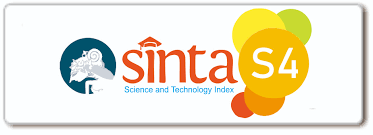
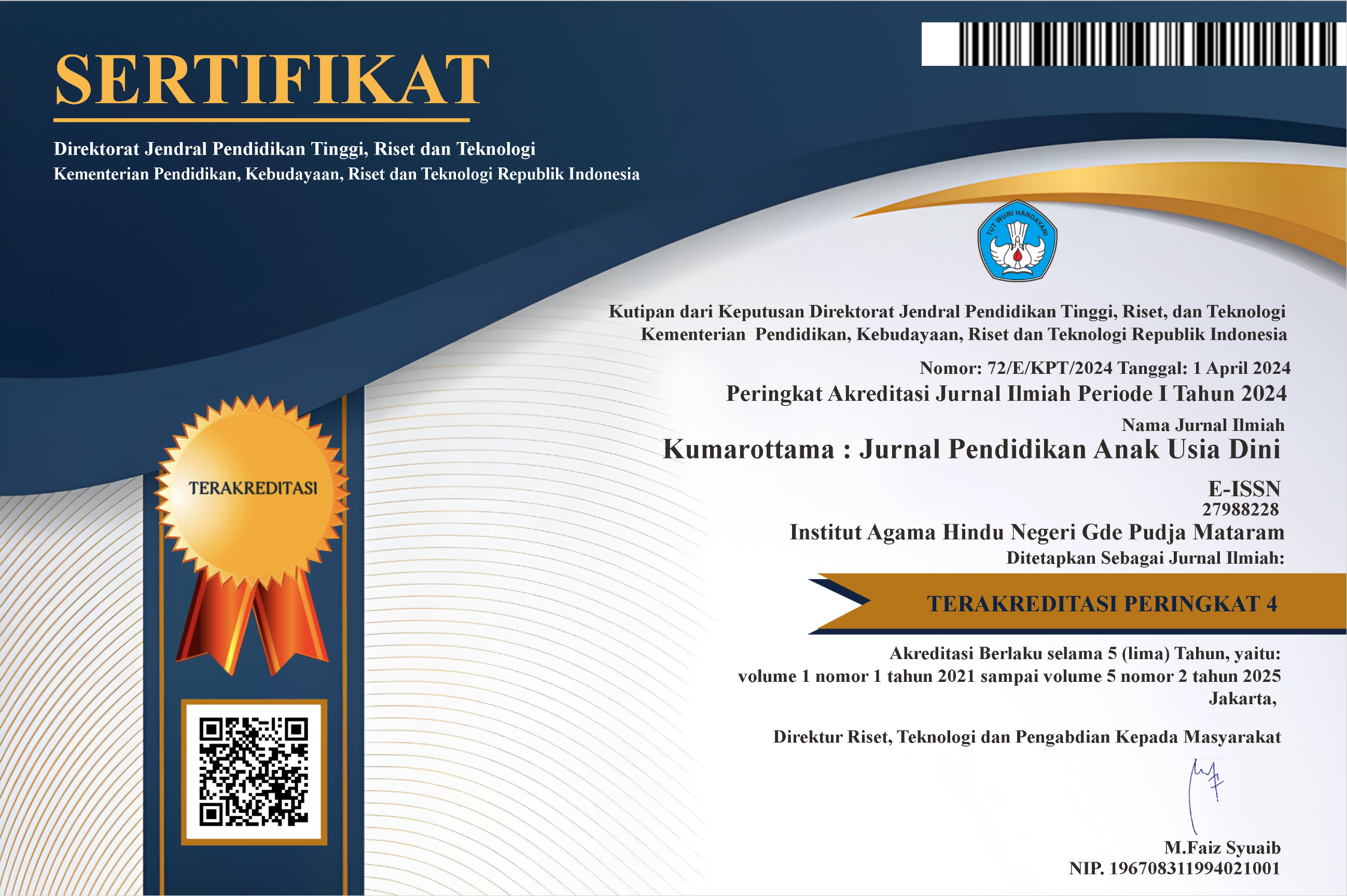


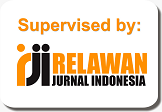
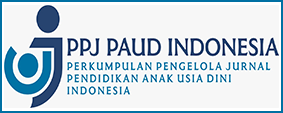
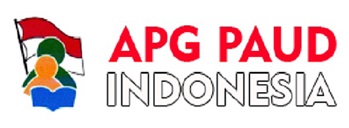

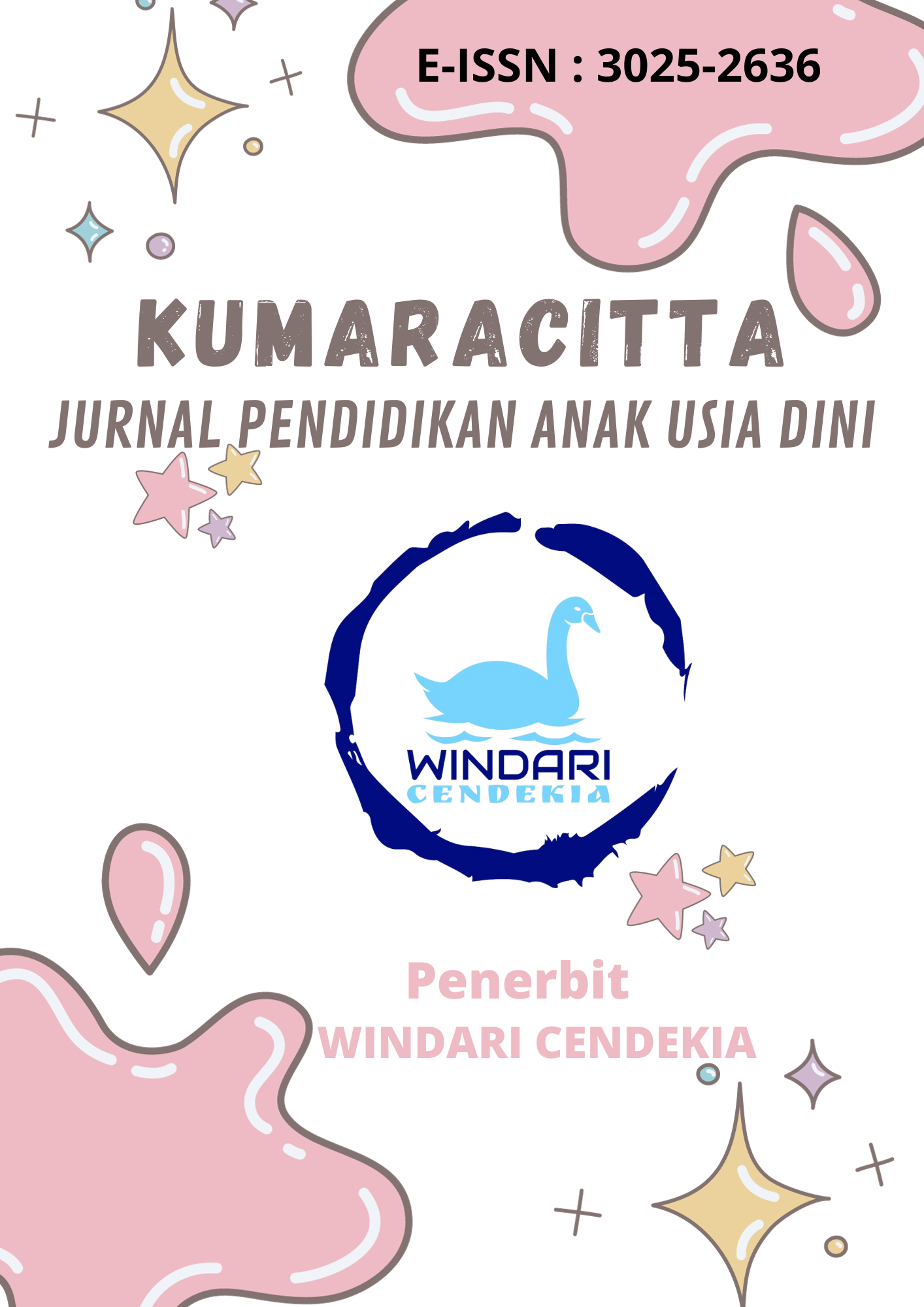
.png)














